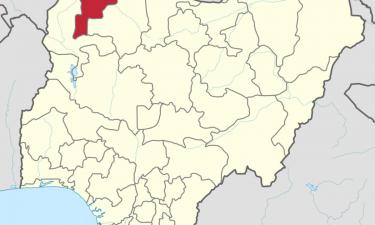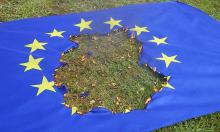Dolphins use social networks along with people
Dolphins have always been known as extremely sociable animals. However, it was found out that they also have social networks, equal to the human ones.
The research has been made by the Harbor Branch Oceanographic Institute at Florida Atlantic University since 1996.
Scientists managed to conduct photo identification of more than 1,700 individual dolphins.
There were revealed the association patterns as well as movement behavior and habitat preferences.
According to the Marine Mammal Science, the team found that individual dolphins exhibited both preference and avoidance behavior - so just like humans, they have dolphins they like and associate with and ones they avoid. The study also found that dolphins clustered into groups of associated animals, or "communities."
"One of the more unique aspects of our study was the discovery that the physical dimensions of the habitat, the long, narrow lagoon system itself, influenced the spatial and temporal dynamics of dolphin association patterns," research biologist Elizabeth Murdoch Titcomb, said. "For example, communities that occupy the narrowest stretches of the Indian River Lagoon have the most compact social networks, similar to humans who live in small towns and have fewer people with whom to interact."
In addition to providing a unique glimpse into dolphin societies, this study provides important insight and knowledge on how dolphins organize themselves, who they interact with and who they avoid, as well as when and where. It also gives scientists and resource managers the roadmap needed to understand how dolphin populations perceive and use their environment, and how social networks will influence information transfer and potentially breeding behavior and disease transmission.
Also read: The "superpowers" of dolphins
Subscribe to Pravda.Ru Telegram channel, Facebook, RSS!





